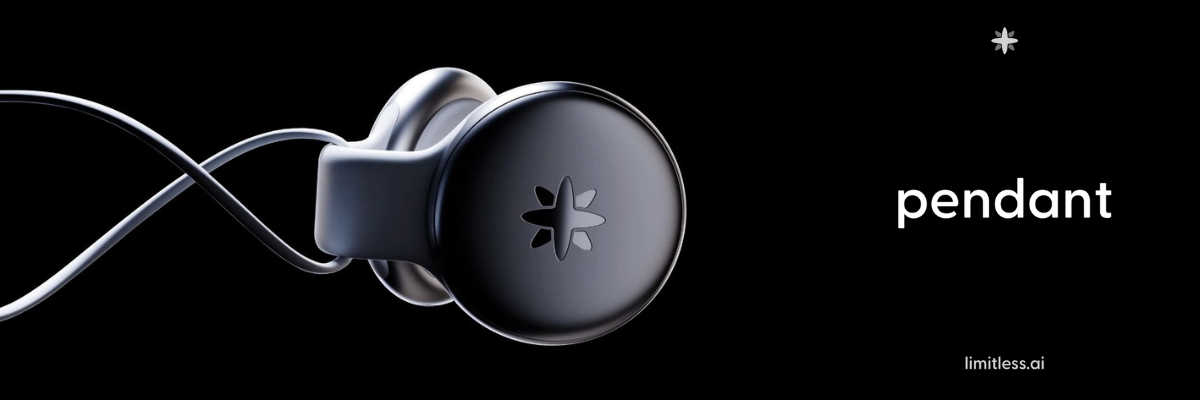Why Windows 95 left HLT on the cutting-room floor • The Register

Microsoft vet Raymond Chen first told the story of HLT and Windows 95 more than 20 years ago. The instruction tells the CPU to effectively shut itself down until the next hardware interrupt – ideal for laptops, since power consumption would be hugely reduced.
Microsoft had it implemented and working in Windows 95, but found that there were some devices out there, including from a “major manufacturer,” that would be locked up unrecoverably by the instruction. Not wanting to be blamed, Microsoft pulled it.
So why didn’t Microsoft just special-case devices that would be bricked by the HLT instruction in Windows 95? Chen has finally explained.
The answer is simple – Microsoft wasn’t sure how many susceptible devices were already out in the wild, and so opted to leave it out rather than take the risk.
Users of modern Windows are accustomed to Microsoft erecting compatibility barriers to prevent an operating system update from being installed if there is something about the hardware or configuration that the company is less than enthusiastic about.
“Windows 95,” said Chen, “could have added detection for the systems that froze up on HLT instructions, but since there were many such systems, the risk was that by the time Windows 95 shipped, not all affected systems would have been identified.
“The fact that many systems were affected means that this was not an isolated case. We’re probably seeing the tip of a very fragmented iceberg.
“Since the failure mode is a system that is unusable, the cost of a false negative was far too high. We just had to remove the HLT.”
It’s debatable whether this was a good or bad decision. Certainly, it spawned a cottage industry of software vendors that would perform the HLT on behalf of Windows 95, replete with some snark about Microsoft skipping such an obviously useful instruction.
Chen’s response is “I guess these people never got bug reports from customers saying ‘I installed your custom program, and now my laptop freezes up as soon as it boots. How do I uninstall it if my laptop freezes up at boot?'”
The problem, Chen explained, was that “it was a brick until restart, but it restarts into a brick! The OS boots into a brick.”
Perhaps things could have been implemented differently, and a check made for an HLT problem by noting an unexpected restart during installation. But 1995 is a different country. They did things differently then, and Microsoft was perhaps a little more worried about its new OS being blamed for a fleet of bricked laptops. ®











